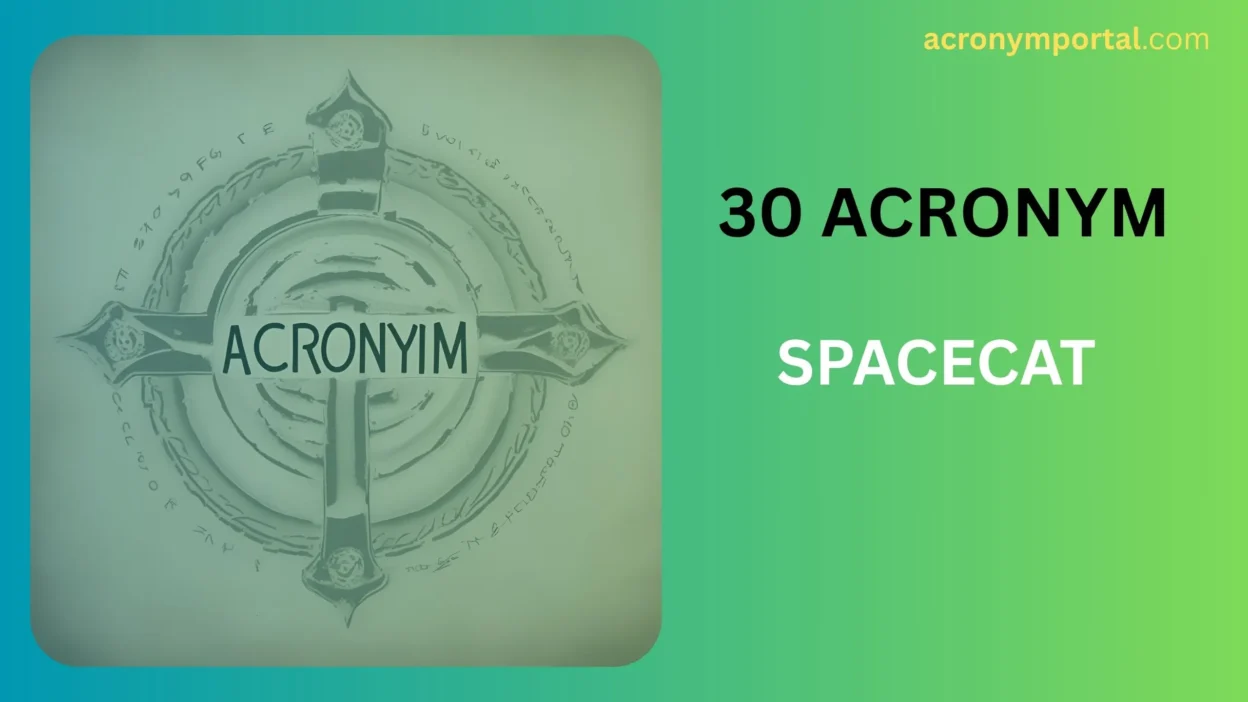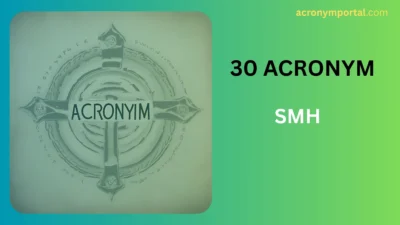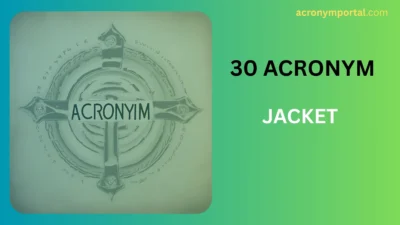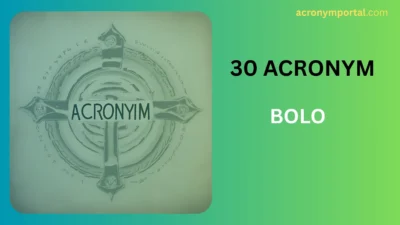When you hear the term “SPACECAT acronym,” your mind might jump to something quirky or cosmic—maybe even a cartoonish astronaut feline. But in the world of writing, persuasion, and rhetoric, SPACECAT isn’t a cat in space—it’s a structured framework used to analyze and construct arguments.
In essence, SPACECAT is an acronym often used in AP English and rhetoric classes. It helps writers and readers remember the key elements of a rhetorical situation:
Speaker, Purpose, Audience, Context, Exigence, Choices, Appeals, Tone.
But even this powerful acronym has its alternatives—some that emphasize emotional tone, others that lean toward logical structure or context. This article introduces you to 30 synonym-like frameworks or terms that function similarly to SPACECAT—each with its own focus and best-use situation.
🔄 30 Alternatives to the “SPACECAT Acronym” in Writing and Rhetoric
1. SOAPSTone
Meaning: Speaker, Occasion, Audience, Purpose, Subject, Tone.
Example: Use SOAPSTone to analyze historical speeches.
When to use: Great for breaking down primary sources or classic texts.
2. Rhetorical Triangle
Meaning: Ethos, Pathos, Logos—appeals based on credibility, emotion, and logic.
Example: The rhetorical triangle helps you spot persuasive tactics.
When to use: Perfect for speech analysis or persuasive essays.
3. Aristotelian Appeals
Meaning: Ethos (credibility), Pathos (emotion), Logos (logic).
Example: He used logos to support his claims with data.
When to use: Core method in classical rhetoric.
4. RAIDS
Meaning: Revision, Arrangement, Invention, Delivery, Style.
Example: RAIDS can help organize your writing process.
When to use: For composition strategy and revision.
5. Toulmin Model
Meaning: Claim, Grounds, Warrant, Backing, Qualifier, Rebuttal.
Example: The Toulmin Model is great for argumentative essays.
When to use: Best for logical argument mapping.
6. PEEL
Meaning: Point, Evidence, Explanation, Link.
Example: Use PEEL to develop body paragraphs clearly.
When to use: Academic writing, especially middle/high school essays.
7. PIE
Meaning: Point, Illustration, Explanation.
Example: The PIE method is concise and student-friendly.
When to use: When teaching paragraph structure.
8. SEAL
Meaning: Statement, Evidence, Analysis, Link.
Example: SEAL ensures every paragraph has depth.
When to use: Use in formal writing and literary analysis.
9. CARS Model
Meaning: Create a Research Space—Establishing territory, niche, and occupying niche.
Example: The CARS model helps structure research paper intros.
When to use: Academic and research writing.
10. DRAPES
Meaning: Dialogue, Rhetorical Question, Analogy, Personal Example, Example, Statistics.
Example: Use DRAPES for essay elaboration.
When to use: Middle/high school essays needing expansion.
11. SEE
Meaning: Statement, Evidence, Elaboration.
Example: SEE keeps your arguments concise and structured.
When to use: Quick paragraph structuring in timed exams.
12. APES
Meaning: Answer, Prove, Explain, Summarize.
Example: APES is a good fit for science responses.
When to use: Science or evidence-based responses.
13. IMAGERY
Meaning: Imagery, Metaphor, Alliteration, Grammar, Emotion, Repetition, You (direct address).
Example: The IMAGERY strategy helps with figurative writing.
When to use: Creative writing or rhetorical analysis.
14. LADDER
Meaning: Logos, Analogy, Diction, Detail, Emotion, Rhetorical question.
Example: LADDER helps you climb to better analysis.
When to use: Literary and rhetorical essay planning.
15. OEC
Meaning: Observation, Explanation, Conclusion.
Example: OEC improves reflective writing.
When to use: Journal entries, lab reports, and responses.
16. FEAST
Meaning: Focus, Evidence, Analysis, Style, Tone.
Example: Use FEAST to review and revise your writing.
When to use: Advanced editing and polishing phase.
17. ICE
Meaning: Introduce, Cite, Explain.
Example: Always ICE your quotes in essays.
When to use: Quotation integration.
18. CER
Meaning: Claim, Evidence, Reasoning.
Example: CER is great for short answer science prompts.
When to use: STEM and factual writing.
19. PERSUADE
Meaning: Personal pronouns, Emotive language, Rhetorical questions, Statistics, Urgency, Anecdotes, Direct address, Expert opinion.
Example: PERSUADE covers persuasive writing tactics.
When to use: Argumentative writing, especially ads or opinion pieces.
20. GAP
Meaning: Genre, Audience, Purpose.
Example: GAP guides tone and format decisions.
When to use: Pre-writing and planning.
21. TEEL
Meaning: Topic, Evidence, Explanation, Link.
Example: TEEL is the Aussie version of PEEL!
When to use: Popular in Australian education systems.
22. FARM
Meaning: Focus, Audience, Role, Mode.
Example: FARM helps define writing style and purpose.
When to use: Instructional design or lesson planning.
23. EATS
Meaning: Example, Analysis, Technique, Significance.
Example: EATS makes literature essays tastier!
When to use: Literature essays or creative writing.
24. TRACE
Meaning: Test, Read, Ask, Connect, Explain.
Example: TRACE is good for comprehension activities.
When to use: Reading strategies and analysis.
25. PATHOS-DRIVEN
Meaning: Emotion-focused rhetorical mode.
Example: Use pathos-driven tactics in charity campaigns.
When to use: Emotional appeals.
26. LOGOS-BASED
Meaning: Logic-focused arguments and evidence.
Example: A logos-based argument uses statistics and reason.
When to use: Technical writing or data-based reasoning.
27. ETHOS-BASED
Meaning: Character and credibility-based persuasion.
Example: Doctors using ethos gain trust easily.
When to use: Authority-based communication.
28. PATR
Meaning: Purpose, Audience, Tone, Rhetorical devices.
Example: PATR improves rhetorical analysis clarity.
When to use: Essay introductions and rhetorical breakdowns.
29. CRAFT
Meaning: Context, Rhetoric, Audience, Format, Tone.
Example: CRAFT your essays like a pro.
When to use: Advanced-level writing structure.
30. MEAL
Meaning: Main idea, Evidence, Analysis, Link.
Example: MEAL paragraphs help readers digest your argument.
When to use: College-level writing and AP courses.
🧠 How to Choose the Right Framework
Choosing a “SPACECAT synonym” depends on your writing goal and audience:
- For analysis, choose SOAPSTone or Rhetorical Triangle.
- For structuring paragraphs, PEEL, TEEL, or MEAL work best.
- For argumentative writing, use Toulmin, PERSUADE, or CER.
- For emotional tone, focus on Pathos, Ethos, and stylistic techniques like DRAPES or IMAGERY.
- For exam writing, time-tested tools like PIE, SEE, or ICE offer clarity and speed.
🚀 Final Thoughts
The SPACECAT acronym gives you a powerful lens for understanding rhetoric—but it’s not the only tool in the writer’s toolbox. Knowing its alternatives allows you to choose the best method for your topic, your audience, and your tone.
Whether you’re writing an argumentative essay, crafting a speech, or analyzing a political op-ed, having a wide range of rhetorical strategies lets you write with confidence, clarity, and persuasion.





cvpnj5